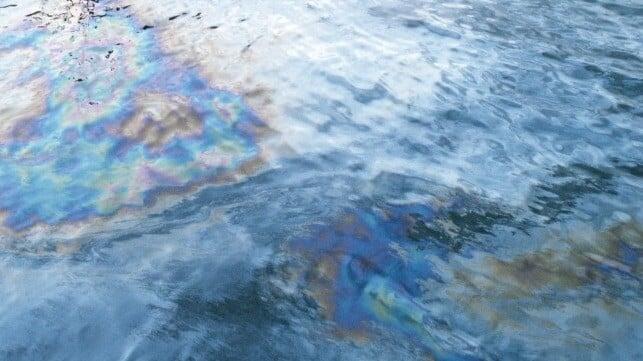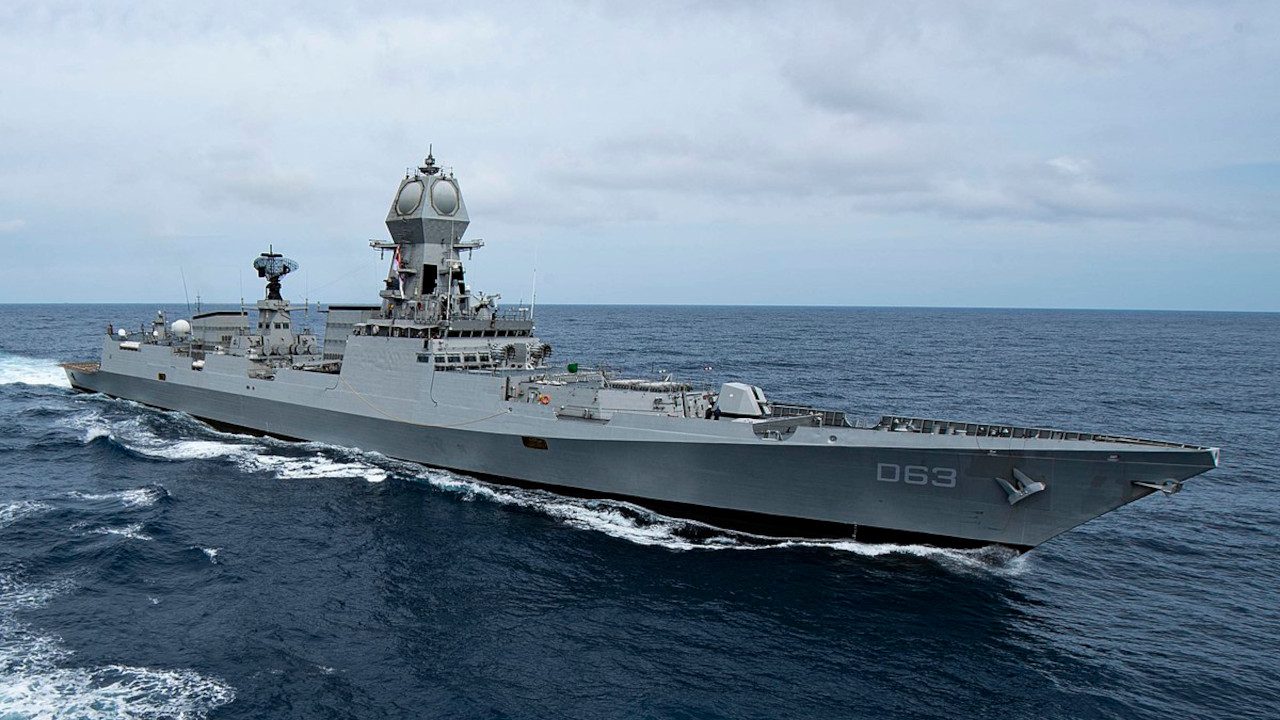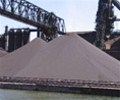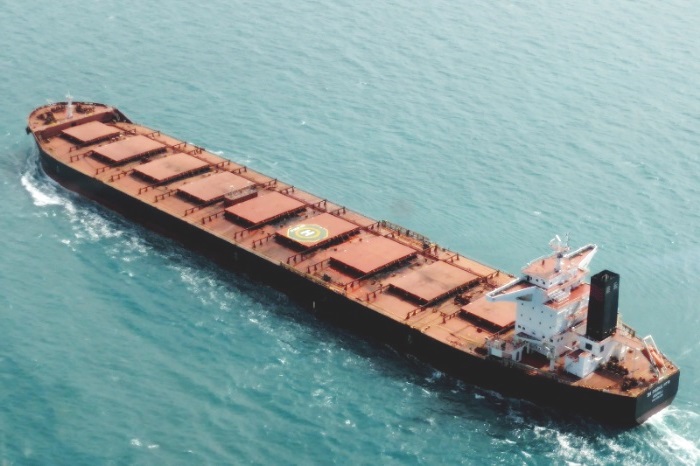Russia, Iran and Venezuela, faced with tightening Western sanctions, have teamed up with opaque shipping players to acquire a large number of tankers in recent years to maintain their oil revenues.
The shadow fleet now comprises 978 tankers with over 27,000 deadweight tonnage, representing a combined capacity of 127 million dwt or approximately 18.5% of the global oil tanker fleet, according to S&P Global Commodities at Sea and Maritime Intelligence Risk Suite data.
This shipping capacity used to transport the OPEC+ producers’ sanctioned oil has continued to expand in recent quarters — 889 tankers with 112 million deadweight tons were estimated to be used for sanctioned trades in November 2024, based on the previous study. Much of the growth came from the expansion of a pool of vessels shipping oil produced by more than one of the sanctioned countries, underscoring the flexibility of shadowy operators in their relentless chase for profits.
The ships tend to be old and uninsured and turn off their location transponders in offshore oil transfers to disguise cargo origins, prompting widespread concerns in the global shipping community.
But the sanctioned countries can still rely on the ever-evolving logistics network to keep oil flowing, with China, the world’s No. 1 seaborne crude importers, generally willing to receive the shipments.
Trade flows:
Russia
- Russia’s seaborne crude and product exports have averaged 5.7 million b/d so far this year, only marginally down from 5.8 million b/d in 2022 when the country invaded Ukraine despite an EU embargo and the G7 price caps.
- The share of Russian crude exports on tankers operating outside of the G7 sphere, nearly all of which were the Russia-linked shadow ships, have fluctuated between 60% and 80% in recent quarters.
- A fleet of ships devoted to sanctioned Russian trade was responsible for shipping 3.3 million b/d of oil during the first half of this year, of which 2.5 million b/d of crude and the remaining clean and dirty products, inclusive of transshipments.
- Crude shipments from Russian ports averaged almost 3.4 million b/d in August, up from 3.3 million b/d in July despite renewed sanctions pressure from the US, UK and EU.
- Crude exports to India fell to 1.3 million b/d in August from 1.6 million b/d in July, as Russia’s biggest seaborne crude buyer faced additional US tariffs due to the business ties.
- Shipments of crude to China, the No. 2 buyer, increased to 1.1 million b/d in August from 989,000 b/d in July as Russian producers found better appetite from Chinese importers.
- After plummeting during the first Trump administration, oil production in Iran recovered under former US President Joe Biden and has remained relatively high under the second Trump administration.
- Iran’s crude production was estimated at 3.24 million b/d in July, compared with 3.18 million b/d in August 2024, according to the latest Platts OPEC+ survey by S&P Global Commodity Insights. Iran’s production peaked at 3.83 million b/d in May 2018, according to the survey.
- CAS data shows Iran’s seaborne exports of crude and condensate have reached roughly 1.6 million b/d in 2024 and 2025, up from 434,000 b/d in 2020. Those barrels are generally carried by shadow fleet tankers.
- China is by far the largest buyer of Iranian oil, often receiving its barrels via transshipments in Southeast Asian waters.
- The US has targeted seaborne Venezuelan oil exports with sanctions since mid-2020 but offered on-and-off reprieves.
- Venezuela’s crude output has stayed above 900,000 b/d this year, the highest this decade but far below its peak of over 3 million b/d in the late 1990s, according to the Platts survey.
- Venezuela’s crude exports have averaged 711,000 b/d so far in 2025, a six-year high but far below 1.2 million b/d in 2018, according to CAS.
- Most of Venezuela’s crude exports end up in China, while some portions are routed to the US under import waivers for producers such as Chevron.
Russia
- Russia controls 561 ships totaling 49.9 million dwt to bypass the price cap regime, including 228 Aframax/LR1 and 58 Suezmax tankers, which are suitable to lift from Russia’s Baltic and Black Sea terminals.
- Russian state carrier Sovcomflot, sanctioned by multiple Western authorities itself, operates a large chunk of the fleet either directly or via affiliates in other countries.
- The country’s shadow fleet consists of 170 ships with 34.2 million dwt, including 86 VLCCs that are often active in the Persian Gulf, Southeast Asian waters and even occasionally in the Gulf of Guinea.
- With state-owned National Iranian Tanker Co. under heavy scrutiny by Western sanction authorities, most of the shadow fleet tankers are operated by opaque, little-known companies thought to have ties to Tehran.
- A total of 54 tankers with 9.5 million dwt have been devoted to transporting Venezuelan crude and petroleum products and carrying out the country’s oil swap deals.
- The ships are either controlled by state-run PDVSA or opaque tanker firms likely seeking risk premiums.
- Another 193 tankers with nearly 33 million dwt, including 75 Aframaxes/LR2s, 40 Suezmaxes and 57 VLCCs, have been used to transport sanctioned oil produced by more than one of the sanctioned countries since 2022,
- Controlled by shadowy shipping magnates, the fleet has undergone rapid expansion in recent quarters and often been used for offshore oil transfers off Malaysia. Western authorities have been increasingly targeting the ship operators in recent sanction enforcements.
-
- The G7, EU and their allies have not sanctioned all Russian oil exports but established price caps to ban maritime services to barrels sold above certain thresholds in late 2022 and early 2023: $60/b for crude, $45/b for discounted products and $100/b for premium products.
- The EU, UK and Canada have lowered the cap on Russian crude to $47.60/b since early September, while the US maintained the threshold at $60/b. The caps have remained the same for oil products.
- Russia’s growing shadow tanker fleet has come as discounts for Russia’s crude shrink from record levels of minus $40/b to Dated Brent in 2022 after Russia’s invasion of Ukraine.
- Attempts by Western authorities to clamp down on the shadow tankers have done little to help devalue the exports.
- The discount of Russia’s flagship Urals crude to Date Brent was $11.635/b on average in August on an FOB Primorsk basis, the smallest since early 2022, according to Platts assessments.
- On a DAP West Coast India basis, Urals’ discount to Dated Brent averaged $2.408/b in August, wider than $1.891/b in July but much smaller than $17.105/b in February 2023. Source: Platts




